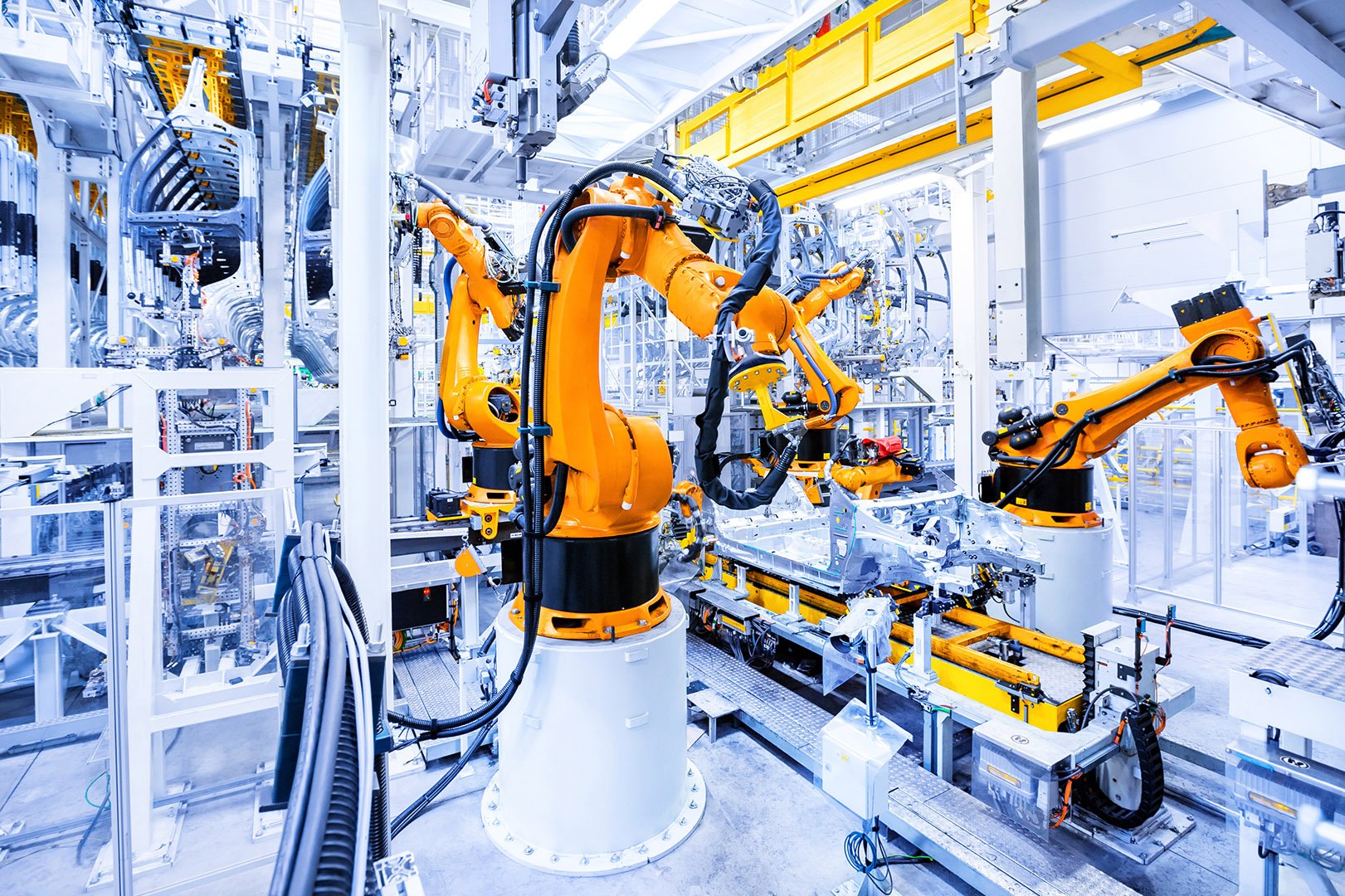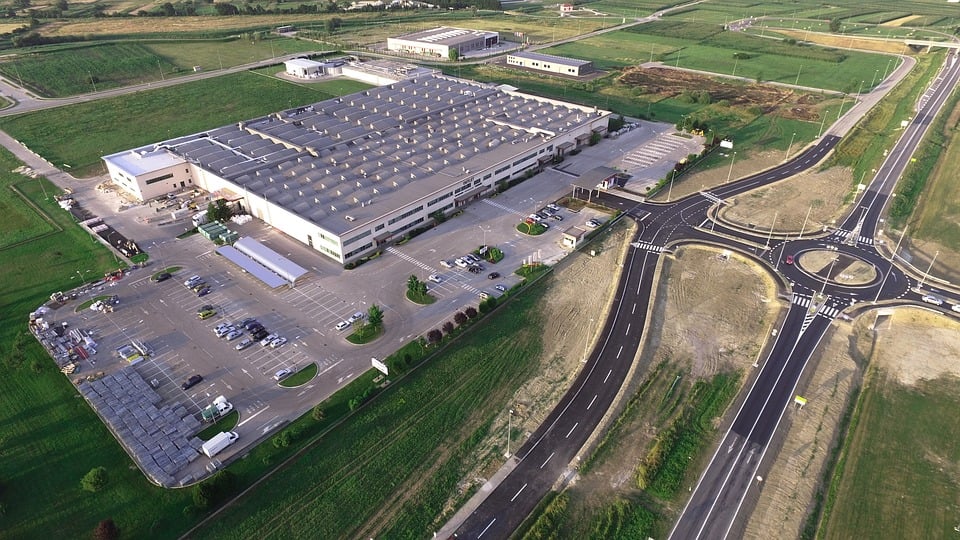Facility Management | September 28, 2022
How New Building Performance Standards are Pressuring C&I Companies
Earlier this year, President Biden announced the launch of the Building Performance Standards Coalition in conjunction with 33 states. This coalition is the first of its kind and aims to deliver cleaner, healthier, and more affordable buildings, and infrastructure.
Today, we’re exploring how new building performance standards are putting pressure on C&I companies to upgrade their facilities. Keep reading to find out what this could mean for your business.
Significant Local Performance Legislation
Although it brings these policies to a national scale, Biden’s coalition isn’t the only one enacting building performance standards to support sustainability. As state and local policymakers establish climate commitments, building performance standard policies are emerging to increase energy efficiency and encourage decarbonization.
In 2018, Washington, D.C. passed the Clean Energy Omnibus Amendment Act, one of the most aggressive clean energy actions taken at the time, including a mandate for 100% renewable energy by 2032. Shortly after, in 2019, New York, New York introduced Local Law 97 which aims to reduce the emissions of the city’s largest buildings—over 25,000 square feet—by 80% by 2050.
Then, just this year, the city of Boston, Massachusetts enacted updates to its 2013 legislation, the Building Energy Reporting and Disclosure Ordinance (BERDO) with similar aims for large buildings, including significant daily fines for noncompliant, large buildings.
What Are Building Performance Standards?
Building performance standards are policies that establish specific performance levels for building owners to meet. Usually, they are directed toward existing buildings, with a primary goal related to energy efficiency and decarbonization.
To measure progress, building performance standards establish benchmarks. If buildings fail to meet the standards by a set date, they must either reduce their energy or carbon output or pay a fee.
The Building Performance Standards Coalition Explained
So, what is the Building Performance Standards Coalition (BPSC)? Spearheaded by Biden, the partnership facilitates new commitments to design and implements building performance standards at the state and local levels. Additionally, the coalition seeks to lower energy bills for consumers, protect individuals from pollution, and cut emissions from the building sector.
The BPSC operates under the understanding that both federal and state actions can accelerate progress toward reducing building emissions. It seeks to drive energy-efficient technologies and electrification across the building sector, creating jobs while simultaneously lowering energy bills.
What This Means for C&I Companies
Following in the Building Performance Standard Coalition’s footsteps, many state and local jurisdictions are enacting their own building performance standards. While these policies affect just about every existing business and building, there are particular impacts on commercial and industrial (C&I) companies:
Electrification
The electrification of buildings is a key component of a comprehensive decarbonization strategy. Therefore, buildings subject to new or heightened building performance standards face pressure to replace fossil fuel equipment with electric alternatives.
If cities or local governments ban fossil fuel equipment altogether, C&I buildings would have no choice but to switch to their electric counterparts. While it’s true that a complete fossil fuel ban is rare, businesses will likely face a monetary penalty for their use of fossil fuels. In this new paradigm, transitioning to electricity can become a smart financial decision on the part of business owners.
Grid-Interactive Efficient Buildings
As buildings transition from fossil fuels to electricity, increased demand is placed on the city’s supply grid. To ensure that the grid remains stable, C&I companies are encouraged to maintain grid-interactive efficient buildings. Essentially, this entails installing a building automation system that functions as an automatic demand response for the electric provider serving the city.
Grid-interactive efficient buildings allow the grid operator to lower peak demand, which avoids having to add new generations and transmission within the grid system. However, effectively persuading businesses to make the transition can be tricky. For optimal results, building performance standards policy should include incentives or requirements that accommodate grid-interactive efficiency technologies.
Partnering with the Workforce
Expanding the efficient workforce is essential in achieving the collective goals of both the Building Performance Standard Coalition and local building performance standards. To maximize the change process, C&I companies should begin hiring efficient workers that can be trained to get the job done. Therefore, in addition to supporting sustainability, building performance standards provide well-paid union jobs and stimulate economic growth.
Improvements in Resilience
Some building performance standards seek improvements in businesses’ health and resilience measures. Resilience standards are crafted by carefully considering the potential disasters that a certain building might face. Then, they propose measures like required structural retrofits, increased critical equipment, and shelter accommodations in case of emergencies or displacement.
Elevated Public Health Standards
Another common area of influence is a company’s public health standards. When jurisdictions are enacting building performance standards, they might require companies to boost indoor air quality, decrease asthma rates, mitigate radon, and similar provisions.
Final Thoughts
After discovering how new building performance standards are putting pressure on C&I companies to upgrade their facilities, we hope that you are better able to understand how those standards may affect you and your company.
Unsure of how to implement necessary changes in your facility? That’s where we come in. As your trusted partner, our team at Mantis Innovation will help to elevate your facility performance and boost sustainable outcomes through energy procurement, facility asset management, and energy efficiency solutions.
Having helped hundreds of businesses along their journey towards increased sustainability, we are confident in our ability to do the same for you. To foster real change, you need an experienced partner by your side. Contact our team for smart, sustainable solutions that will improve your facility’s performance.
Related Posts
Discover more content and insights from Mantis Innovation

Five Trends Driving Data Center Facility Energy Optimization
Today’s digital economy, commercial and industrial digitalization, and the recent explosion in artificial intelligence and machine learning (AI/ML) powered computing are driving massive growth in

Modernizing Manufacturing Facilities: Practical Steps for Better Performance
In today's competitive manufacturing landscape, staying ahead requires more than maintaining the status quo. Modernizing facilities and operations is essential for improving efficiency, performance,

Modernizing Manufacturing Facilities: The Drivers and Direction
This blog is just a glimpse into the deep dive we take in our new white paper, Modernizing Manufacturing. Download the white paper here to skip the teaser and get the whole story. The stage is set

How Your Pavement Can Reduce Trip, Fall, & Slip Claims
This is the third and final installment in a series of pavement-related pieces that can keep Facilities Management on top of seasonal concerns with asphalt and concrete. While building owners and